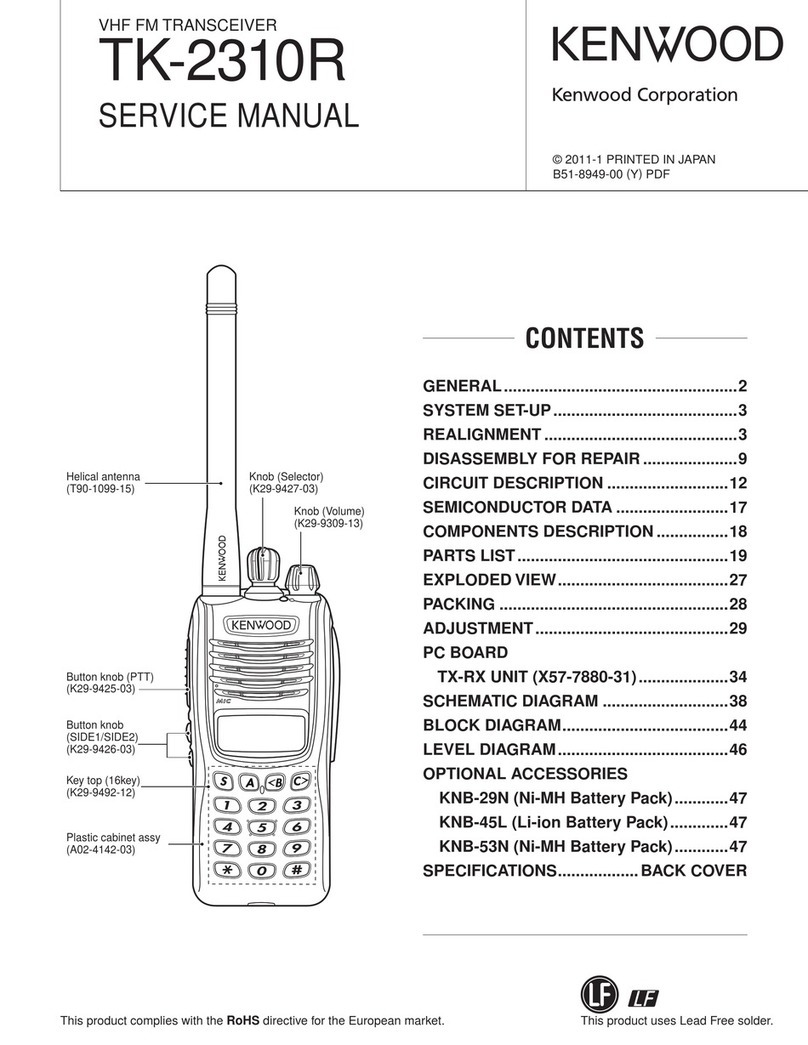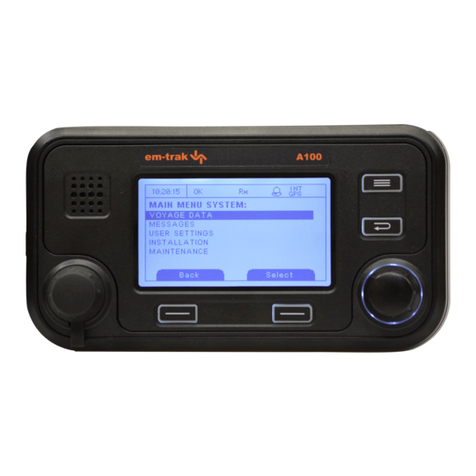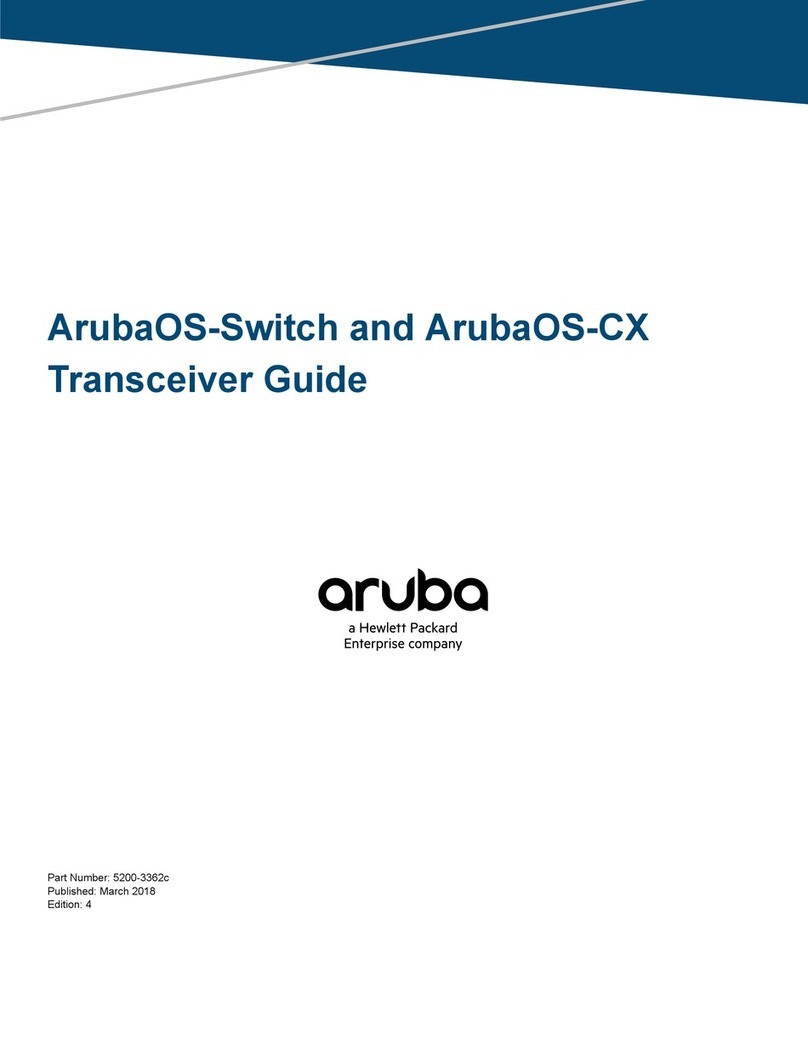Kenwood TS-511S User manual
Other Kenwood Transceiver manuals

Kenwood
Kenwood TK-3180 Operating and maintenance manual

Kenwood
Kenwood TH-27 Series User manual
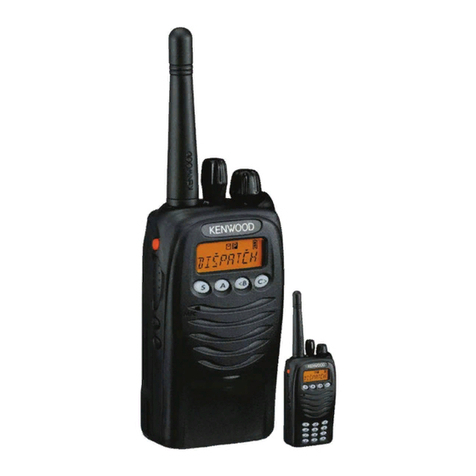
Kenwood
Kenwood TK-3173K4 User manual
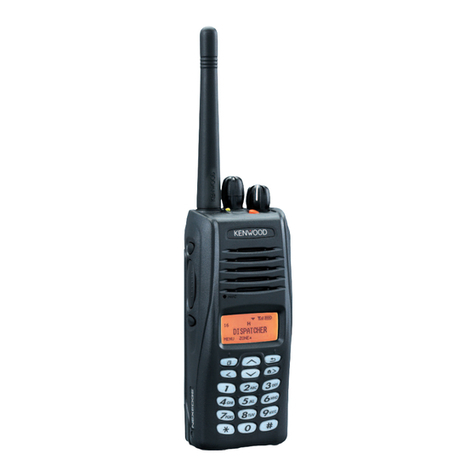
Kenwood
Kenwood NEXEDGE NX-210 User manual

Kenwood
Kenwood TS-570D, TS-570S Guide

Kenwood
Kenwood ProTalk TK-3201 Operating manual

Kenwood
Kenwood ProTalk tk-3501 User manual

Kenwood
Kenwood TR-9500 User manual

Kenwood
Kenwood TR-2300 User manual

Kenwood
Kenwood TH-27 Series User manual

Kenwood
Kenwood TK-863G User manual
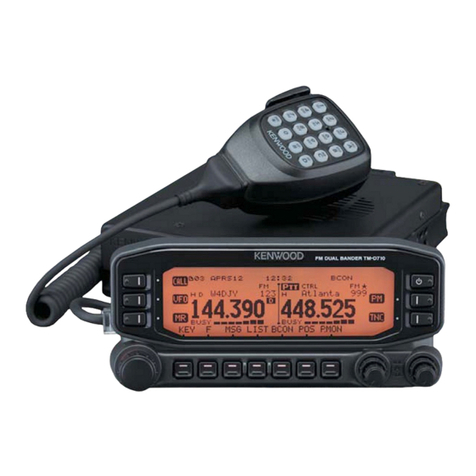
Kenwood
Kenwood TM-D710E User manual

Kenwood
Kenwood TK-250 User manual

Kenwood
Kenwood TS-820 User manual

Kenwood
Kenwood TK-5720 User manual

Kenwood
Kenwood TS-440S User manual
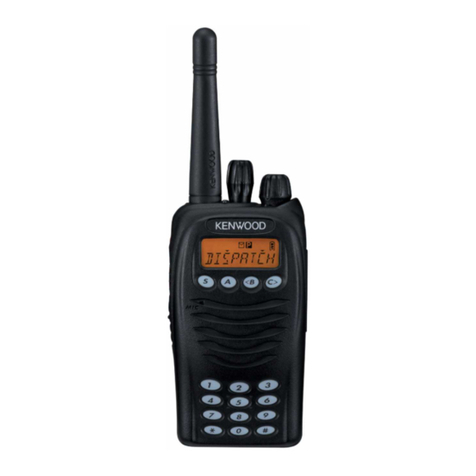
Kenwood
Kenwood TK-3170 User manual
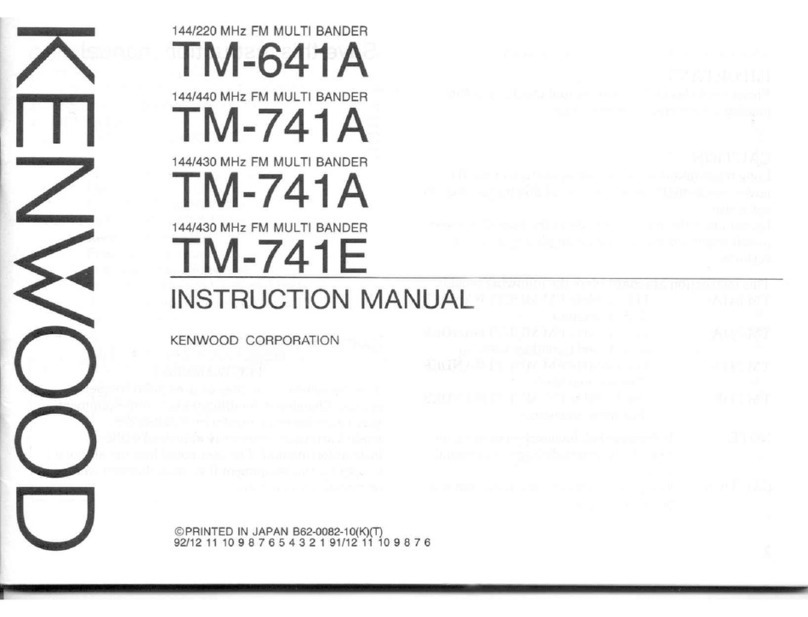
Kenwood
Kenwood TM-741E User manual

Kenwood
Kenwood TK-8302 User manual
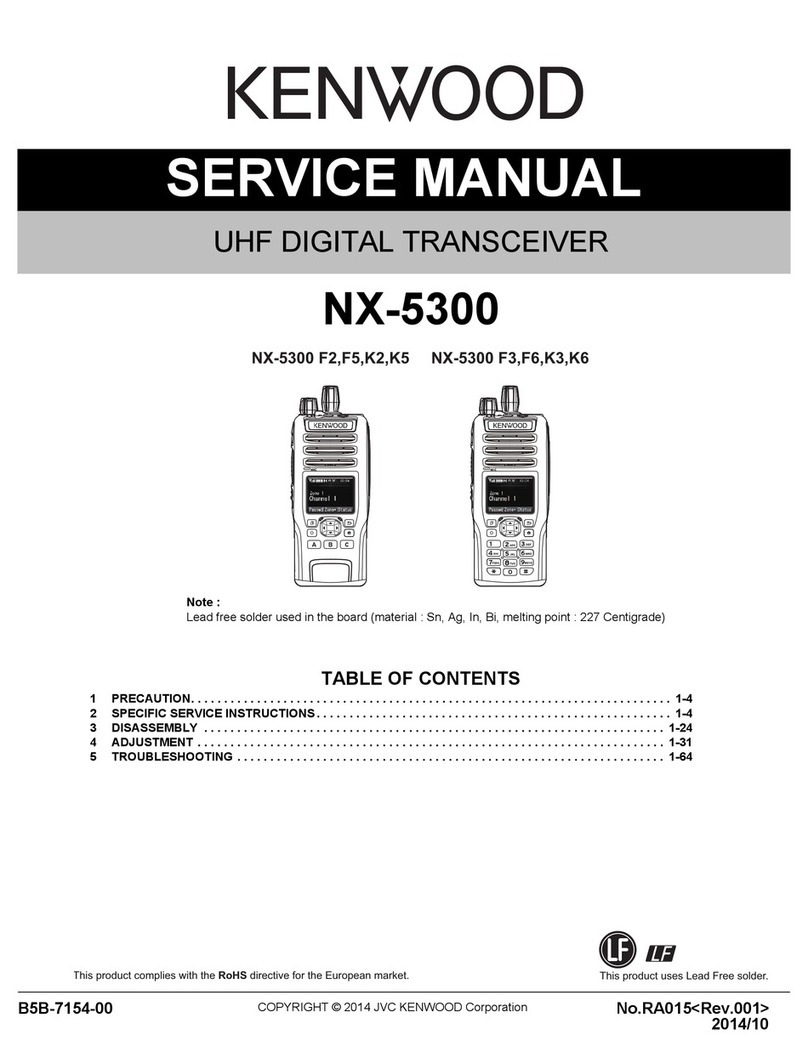
Kenwood
Kenwood NX-5300 F2 User manual



